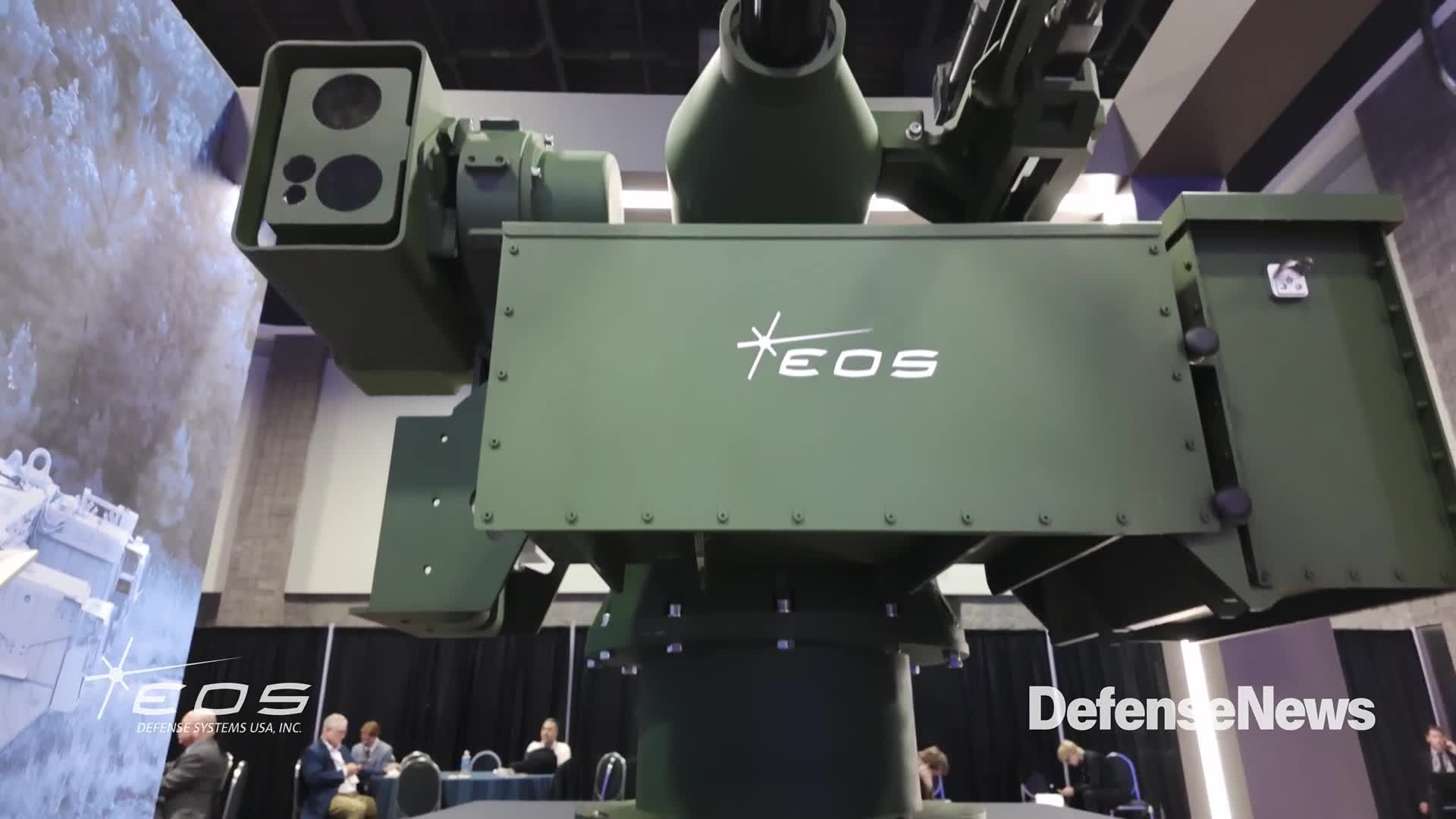The Defense Innovation Unit’s newest portfolio will forge deeper connections between the Pentagon’s science and technology community and the private sector firms developing cutting-edge capabilities in areas like quantum sensing, nanotechnology and microelectronics, officials told C4ISRNET.
Lt. Col. Nicholas Estep, director of the emerging technology portfolio, said that while DIU has managed one-off projects in these areas, it wants to expand that work to help organizations including the Defense Advanced Research Projects Agency, the service laboratories and stakeholders within the undersecretary of defense for research and engineering office better leverage commercial systems.
“This is bringing the DIU flavor of how we do business to this community to help push forward and advance the technology that’s critical from this sector and put it into practice,” he said in an interview
DIU was established in 2015 to help build a bridge between Silicon Valley companies and the Defense Department. One of the motivations for establishing the organization was the recognition that much of the technology the Pentagon considers critical to tackling national security challenges is resident in the commercial sector.
The department’s science and technology strategy, released in May 2023, calls for a more proactive approach to working with the commercial sector to take advantage of the private capital that’s being funneled into dual-use tech companies to get after “increasingly complex security challenges.”
The emerging technology portfolio, Estep said, can help the department explore some of the technologies and capabilities that may not traditionally be viewed as having utility for DOD either because the connection isn’t obvious or they require more time and effort to tweak for military use.
“There are portfolios that have a clean domain or clean ecosystem with well-established norms,” he said. “There pockets that don’t. . . . Those are where we’ll really focus our attention.”
Estep’s team will eventually seek prototyping efforts in areas like advanced materials, propulsion, nanotechnology and photonics. But for now, its focus is on executing existing projects within DIU’s hypersonics portfolio — which will shift into the emerging technology area — as well as a new effort called Transition of Quantum Sensors, or TQS.
In a May 9 solicitation, DIU said TQS will demonstrate the ability to use quantum sensors for alternate positioning, navigation and timing and detecting anomalies. The capability is particularly relevant amid a growing concern about GPS jamming and signal degradation.
“Sensors designed at the atomic level offer the promise of significant improvements in precision, accuracy and sensitivity compared to classical sensors,” DIU said in the notice. “DOD seeks solutions to prototype and operationally demonstrate quantum sensors to address several warfighter needs.”
While versions of these sensors exist now, DIU hopes TQS can drive improvements in their performance and precision in a military context. The project’s first phase, which Estep hopes to kick off this fall, will focus on prototyping in an operational environment.
The emerging technology team will partner with at least a dozen DOD program offices, operational crews and test and evaluation offices to demonstrate the capability, which he said is indicative of what DIU would like to do across this portfolio. He noted that having so many stakeholders requires significant alignment among those offices to make sure the program stays on schedule.
“We have an aggressive approach,” he said. “If we do what we think we can do, it’ll be a busy summer.”
Courtney Albon is C4ISRNET’s space and emerging technology reporter. She has covered the U.S. military since 2012, with a focus on the Air Force and Space Force. She has reported on some of the Defense Department’s most significant acquisition, budget and policy challenges.








